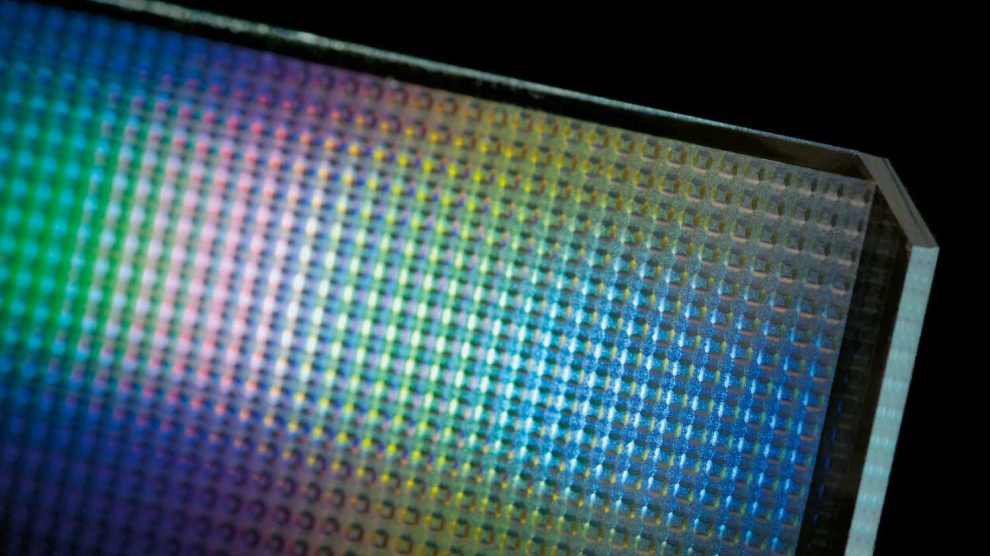Do you feel like you could be more productive if your work environment were just a little bit better? If so, diffractive optics may be the answer to your prayers! This blog post will discuss the benefits of diffractive optics and how they can help you boost your productivity!
Introduction:
Diffractive optics is a branch of optics that deals with light’s interaction with objects with a periodic structure. Diffractive optical elements are used to manipulate light to achieve the desired effect. For example, we can use diffractive optical elements to create various light patterns, such as those seen in holograms.
One of the main benefits of diffractive optics is that it can help improve the quality of light in your work space. If you work in an environment where the lighting is not ideal, it cannot be easy to see and focus on your tasks. Using diffractive optical elements can improve the quality of light in your work space and make it easier to see and focus on your tasks.
How it helps in improving productivity:
First, diffractive optics can improve your focus. When you’re able to focus more intently on your work, you’ll be able to accomplish more in a shorter period. It is because you won’t be wasting time on distractions or side tasks. You are, instead, leading to greater efficiency and productivity.
Second, diffractive optics can help you see things more clearly. It is especially beneficial if you work with small objects or in an environment where the lighting is not ideal.
Third, diffractive optics can reduce eye fatigue. If you spend a lot of time staring at a computer screen or working in dim lighting, you may find that your eyes become tired and strained. It can lead to headaches, blurred vision, and other problems. Using diffractive optics can reduce the amount of strain on your eyes and make it easier for you to work for long periods without feeling fatigued.
Scope of Diffractive optics:
Diffractive optics has a wide range of applications. For example, it can be used in medical devices, such as endoscopes, to improve the quality of images. We can also use it in microscopes to provide better lighting and improve the clarity of images. Additionally, diffractive optics is used in optical fiber communications to multiplex signals and increase the capacity of fiber optic cables.
Conclusion:
Diffractive optics can offer several benefits that can help you boost your productivity. So if you’re looking for ways to improve your focus, accuracy, and efficiency, diffractive optics may be the answer.









